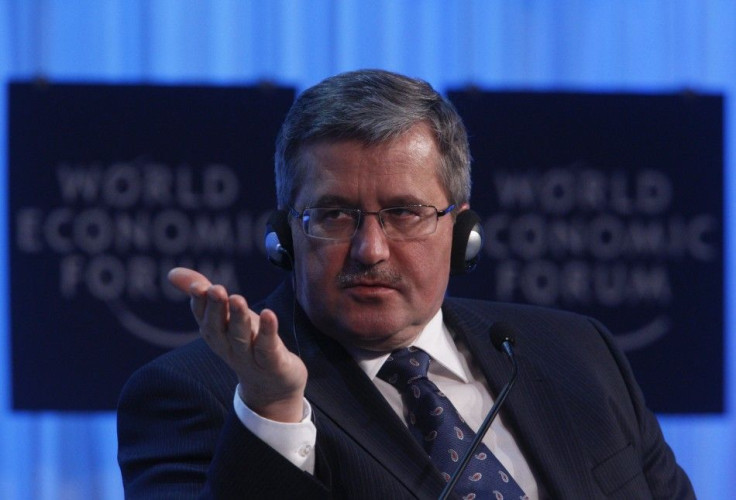Move Over Germany, Poland Is Coming

Poland's economy is on a roll, averaging a 4.4 percent economic growth over the last 20 years, and investors are taking note: The nation's bonds are easily outperforming those of Europe's traditional economic powerhouse, Germany.
In fact, Polish bonds are outperforming U.S. Treasuries as well as German bunds over the last three years, according to Bloomberg.
The Bloomberg Riskless Return Ranking ranks Polish debt ninth among 25 nations in total return. Its bonds also have the second-lowest volatility, behind Japan.
Investors are switching out of U.S. Treasuries and into Polish government bonds, Gyula Toth, a Vienna-based emerging-market strategist at UniCredit, Italy's biggest bank, told Bloomberg. This is a sort of eastern European safe haven. We are still pretty constructive.
So far this year Poland's currency, the zloty, is up 9.5 percent against the dollar, the news service said.
The nation's economic vigor is also reflected in the Polish central bank's decision this week to hold its benchmark interest rate steady at 4.5 percent, its eighth month at that level. Other Eurozone central banks are lowering benchmark rates as recession fears loom.
Germany's economy, meanwhile is hitting speed bumps. Its exports fell 4.3 percent in December in a trend that appears to be shrinking the nation's trade surplus. Its industrial production also fell in December.
Germany suffered more than expected from the weak global demand towards the end of the year, Commerzbank economist Ulrike Rondorf told Reuters, adding the strong decline was partly due to calendar effects.
At the beginning of the year, the outlook for the German economy has improved, with the global economy picking up pace again and the uncertainty over the debt crisis easing.
© Copyright IBTimes 2024. All rights reserved.












